For over 2,400 years, one name has echoed through history, whispered in hushed tones, and fueled countless expeditions: Atlantis. The legendary lost city, swallowed by the sea, an island paradise of advanced technology and untold riches, vanished without a trace. Or did it?
While archaeologists have unearthed wonders like the Terracotta Army, the Dead Sea Scrolls, and Tutankhamun’s tomb, Atlantis remains stubbornly elusive. No definitive ruins, no concrete proof. Yet, the myth refuses to die. Why? Are they hiding something from us? Could this advanced civilization have already been found, only to be kept secret for some unknown reason?
And what’s the connection? How does this ancient legend intertwine with modern mysteries like the Bermuda Triangle, the icy enigma of Antarctica, or strange anomalies detected on the ocean floor? Is there truly no convincing evidence, or are we just not looking in the right places – or with the right mindset?
Plato’s Tale: Where Did Atlantis Come From?
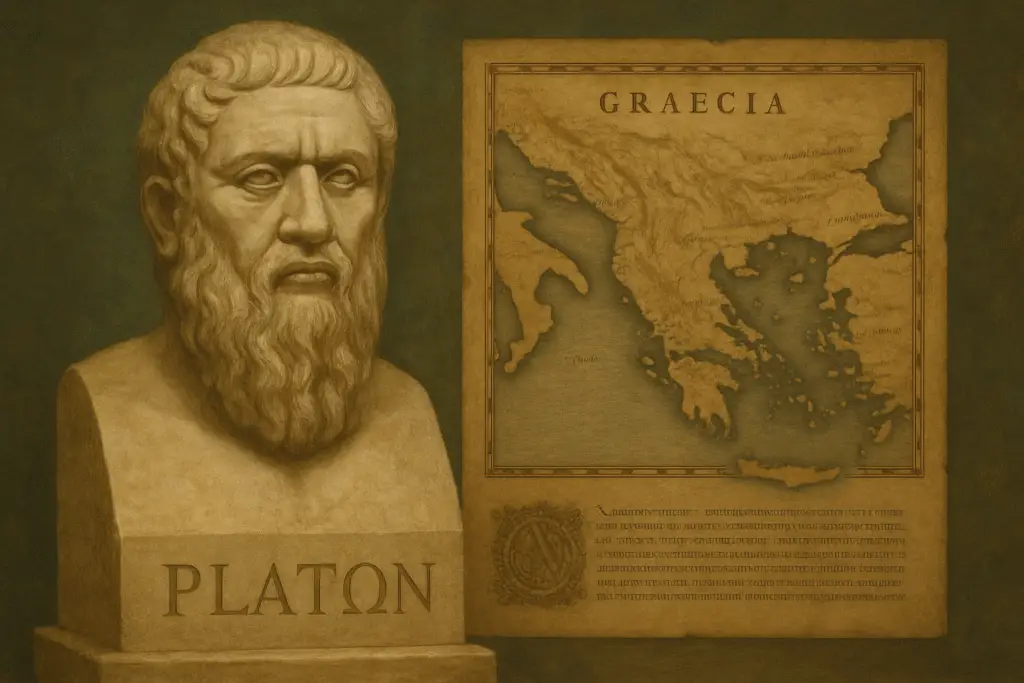
To understand Atlantis, we have to go back to the source. Surprisingly, for a legend so pervasive, the only primary ancient written accounts come from one man: the Greek philosopher Plato, writing around 360 BC. He introduced the island in two of his dialogues, Timaeus and Critias.
Plato didn’t claim to invent the story. He presented it as a historical account passed down through generations. He allegedly heard it from his relative Critias, who heard it from his grandfather Dropides, who heard it from the great Athenian statesman and poet Solon (Plato’s ancestor). Solon, in turn, supposedly learned of Atlantis from Egyptian priests during a visit to Sais in Egypt. These priests claimed their records documented Atlantis’s history stretching back 9,000 years before Solon’s time – an impossibly ancient date even then.
Plato’s Description: A Lost Superpower
According to Plato (via Critias), Atlantis, or Atlantis Nesos (“Island of Atlas”), was an island continent located “beyond the Pillars of Hercules” – the term ancient Greeks typically used for the Strait of Gibraltar. This placed it in the Atlantic Ocean.
It wasn’t just an island; it was the heart of a vast naval empire. Plato described a technologically advanced society with incredible wealth, abundant natural resources (including the mysterious metal orichalcum, second only to gold), and a sophisticated capital city built in concentric rings of land and water, connected by canals and bridges. At its center stood a magnificent temple dedicated to Poseidon, the god of the sea and the mythical founder of the Atlantean royal lineage.
The Atlanteans were depicted as descendants of Poseidon and a mortal woman, Cleito. Initially noble and virtuous, they eventually grew arrogant and greedy, corrupted by their power and wealth. They waged war, conquering parts of Europe and Africa (Libya), until they attempted to subjugate Athens.
The Downfall: Hubris and Divine Wrath
Plato’s narrative positions ancient Athens (an idealized version from 9,000 years prior) as the virtuous underdog that single-handedly repelled the mighty Atlantean invasion. Following this military defeat, the gods, particularly Zeus, decided to punish the Atlanteans for their hubris. In “one terrible day and night” of violent earthquakes and floods, the entire island of Atlantis was swallowed by the sea, vanishing forever.
Allegory or History?
Here lies the central debate: Was Plato recounting a genuine, albeit likely distorted, historical tradition passed down from Solon and the Egyptians? Or was he crafting a sophisticated philosophical allegory? Many scholars lean towards the latter. Atlantis serves as a powerful cautionary tale against imperial overreach, hubris, and the corrupting influence of wealth and power, contrasting it with the virtuous, ideal (and likely fictionalized) ancient Athens. The dialogues were intended to explore themes of ideal governance, divine justice, and the cyclical nature of civilizations. Yet, the level of detail Plato included, and his framing of it as history, has kept the tantalizing possibility of a real Atlantis alive for centuries.
The Minoan Connection: A Mediterranean Ghost?
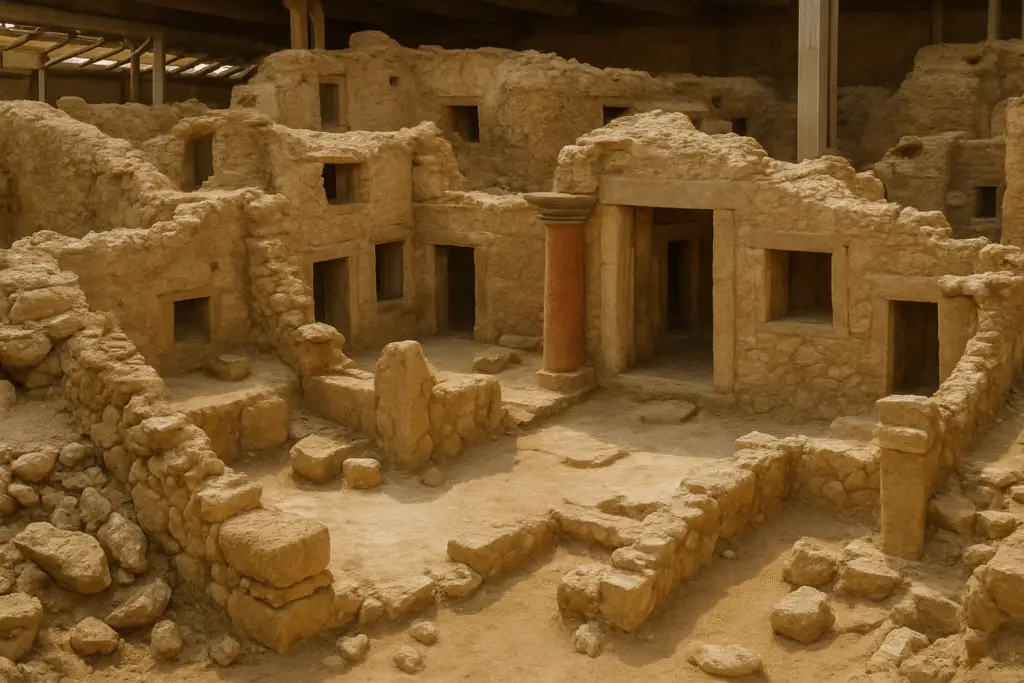
While Plato placed Atlantis “beyond the Pillars of Hercules,” many researchers believe the core of his story might have originated closer to home, inspired by a real Bronze Age catastrophe in the Mediterranean: the collapse of the Minoan civilization.
Flourishing primarily on the island of Crete and the volcanic island of Thera (modern-day Santorini) roughly between 3000 and 1450 BC, the Minoans were remarkably advanced for their time. They built sprawling palace complexes like Knossos, developed sophisticated plumbing and sewage systems, created stunning frescoes, dominated maritime trade, and possessed a powerful navy. They were, in many ways, a prehistoric Mediterranean superpower.
The Thera Eruption: A Civilization Erased
Then came the cataclysm. Sometime between 1620 and 1500 BC (dating is still debated), the volcano on Thera exploded in one of the most violent eruptions in human history – estimated to be many times more powerful than Krakatoa in 1883. The eruption blew the center out of the island, sending colossal tsunamis across the Aegean Sea, burying the Minoan settlement of Akrotiri on Thera under meters of ash (preserving it remarkably, like a Bronze Age Pompeii), and likely crippling Minoan ports and fleets on Crete.
This single event is widely credited with triggering the decline and eventual collapse of the Minoan civilization.
Echoes of Atlantis?
The parallels between the Minoan collapse and Plato’s Atlantis are striking:
•An advanced, powerful island civilization.
•Dominance over the sea.
•Sophisticated architecture and culture.
•Sudden, catastrophic destruction linked to earthquakes/volcanic activity and the sea.
Leading archaeologists, like Spyridon Marinatos who excavated Akrotiri, have championed the theory that the destruction of Minoan Thera/Crete formed the historical basis for the Atlantis legend. The memory of this real catastrophe could have been passed down through generations, eventually reaching Egyptian priests (who had contact with Minoans) and then Solon, becoming embellished and geographically misplaced over time before reaching Plato.
While the Minoan civilization doesn’t match all of Plato’s details (location, size, specific timeline), the core narrative of a mighty island power swallowed by the sea due to a natural disaster offers a compelling, rational explanation for the myth’s origin. It remains one of the most plausible historical anchors for the Atlantis legend.
The Search Moves West: Atlantis in the Atlantic
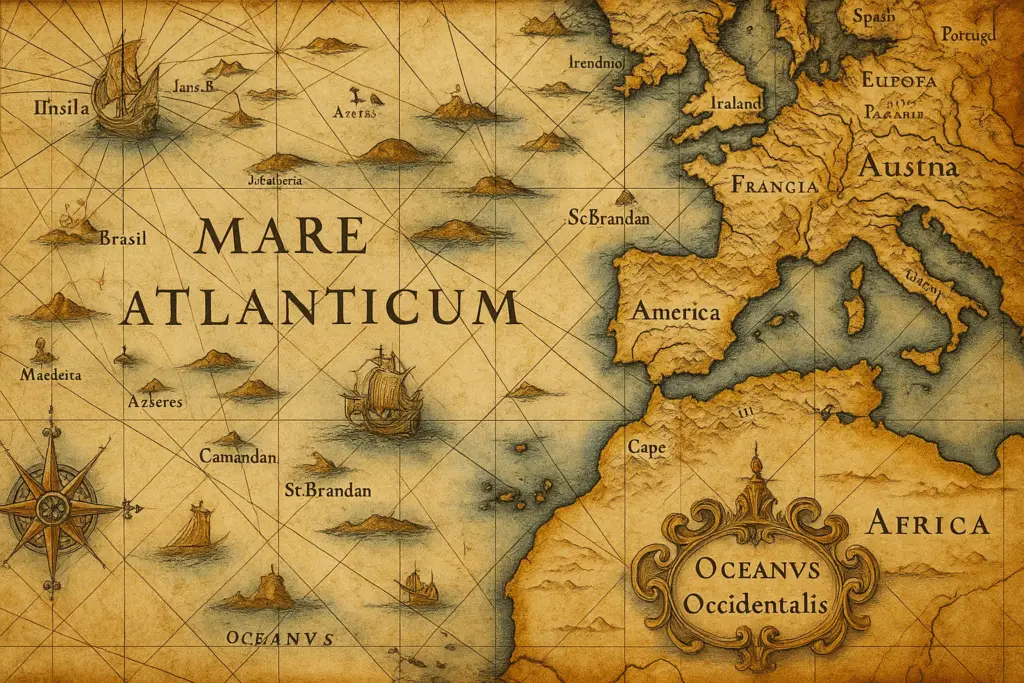
After the fall of Rome, Plato’s tale of Atlantis largely faded into obscurity during the European Middle Ages. But the dawn of the Age of Discovery in the 15th century, with its daring voyages across uncharted waters, breathed new life into the legend.
Pillars of Hercules: A Moving Target
As European ships pushed beyond the Mediterranean, the interpretation of Plato’s “Pillars of Hercules” began to shift. While ancient Greeks likely understood it as the Strait of Gibraltar, the gateway to the Atlantic, later thinkers began to imagine Atlantis lying within the vast, newly explored ocean itself. The name “Atlantic Ocean,” derived from Atlas (Poseidon’s son and the first king of Atlantis in Plato’s myth), only fueled this association.
Atlantis as Explanation for the “New World”
The encounters with sophisticated civilizations in the Americas – the Aztecs, the Maya, the Inca – presented a puzzle to Europeans. How could these societies have developed such complex structures and knowledge in isolation? Lacking written records easily decipherable by Europeans and often viewing indigenous peoples through a lens of cultural superiority, some turned to Atlantis for an answer.
The idea emerged that these American civilizations were perhaps remnants or colonies of the lost Atlantean empire. Figures like the French priest Charles Étienne Brasseur de Bourbourg, in the mid-19th century, compiled Mesoamerican histories and explicitly linked Mayan civilization to Atlantis, influencing archaeological searches in the Americas for decades.
Ignatius Donnelly: The Atlantis Bible
The concept truly exploded into popular consciousness with the publication of Ignatius Donnelly’s Atlantis: The Antediluvian World in 1882. Donnelly, an American politician and writer, synthesized various myths, linguistic similarities (often spurious), and geological ideas to argue forcefully that Atlantis was not just an island, but a large continent in the Atlantic.
He proposed it was the original homeland of major ancient civilizations, the source of shared myths (like flood legends), and that it was destroyed in the Great Flood described in the Bible. Donnelly’s book became a bestseller, essentially creating the modern popular image of Atlantis and cementing its place in pseudo-history and occult lore. His work, though largely dismissed by mainstream science, became the foundational text for much of the Atlantis speculation that followed. Cite Donnelly, Ignatius L. Atlantis: The Antediluvian World. 1882.
Problematic Legacies: Supremacy and Misinterpretation
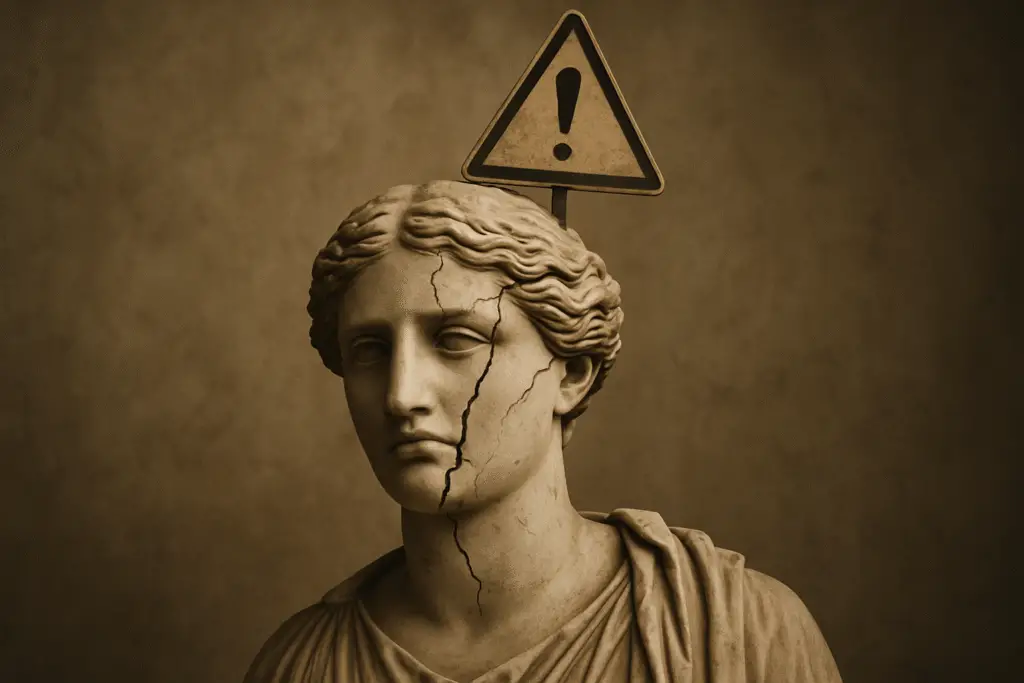
While the search for Atlantis fueled adventure and imagination, the myth also cast long, dark shadows, becoming entangled with harmful ideologies.
The Aryan Atlantis: A Supremacist Twist
The late 19th and early 20th centuries saw a rise in esoteric and occult theories, many of which latched onto Donnelly’s popular vision of Atlantis. Figures like Helena Blavatsky, a key founder of Theosophy, incorporated Atlantis into complex theories about ancient “root races.” Unfortunately, this mystical speculation about advanced ancient peoples was later twisted and appropriated by proponents of racial supremacy.
Some Nazi ideologues and associated occultists (like Alfred Rosenberg and Heinrich Himmler’s Ahnenerbe organization) embraced the idea of Atlantis, or a similar mythical northern land like Thule/Hyperborea, as the supposed homeland of the “pure” Aryan race. They saw these lost civilizations as proof of their imagined racial superiority, using the myth to bolster their dangerous and discriminatory worldview.
Diminishing Indigenous Cultures
Beyond the overt racism of Nazi ideology, the very idea popularised in the 19th century – that advanced civilizations in the Americas were merely offshoots of Atlantis – carried its own problematic weight. This perspective often stemmed from a Eurocentric inability or unwillingness to recognize the independent ingenuity and achievements of indigenous peoples.
Attributing the pyramids of the Maya or the complex societies of the Aztecs to Atlantean influence implicitly denies the capabilities of these cultures to develop sophisticated astronomy, mathematics, architecture, and social structures on their own. It subtly reinforces a colonialist narrative by suggesting that true advancement must have originated from a (presumed) European-like source, even a mythical one. This historical lens minimizes the real, documented accomplishments of indigenous American civilizations.
Modern Hunts & Strange Maps: Where Could It Be?
Despite the lack of concrete proof and the problematic historical baggage, the allure of Atlantis persisted into the 20th and 21st centuries, fueled by new technologies and tantalizing, if ambiguous, clues.
20th Century Expeditions: Oceanography Joins the Hunt
The rise of modern oceanography offered new tools to probe the ocean depths. In 1931, the Woods Hole Oceanographic Institution (WHOI) embarked on a research cruise to the Azores archipelago in the Atlantic, partly motivated by the hope of finding Atlantis. As reported by the Minneapolis Sunday Tribune at the time, the mission aimed to study ocean currents but also planned to dredge the seabed on the “Atlantis Plateau” (likely part of the Mid-Atlantic Ridge), hoping to find evidence of a submerged landmass. They planned to scrape sediment layers and use probes to detect ancient structures. The expedition, however, returned empty-handed in terms of Atlantean evidence.
Decades later, other expeditions focused on the Mediterranean, particularly around Greece and Crete, spurred by the Minoan hypothesis. These searches did yield significant results, uncovering extensive Minoan ruins, like those found off the coast of Thera, confirming the existence of a sophisticated civilization destroyed by volcanic catastrophe. But while crucial for understanding Minoan history, it wasn’t the continent-spanning empire of Plato’s description that many treasure hunters craved.
The Piri Reis Map (1513): An Impossible Chart?

Perhaps one of the most enduring pieces of “evidence” cited by Atlantis proponents is the Piri Reis map. Discovered in Istanbul in 1929, this fragment of a world map, drawn on gazelle skin parchment in 1513 by Ottoman admiral and cartographer Piri Reis, is remarkable for several reasons.
It depicts parts of Europe, West Africa, and the coast of South America with surprising accuracy for the era, especially considering Columbus had only reached the Americas two decades prior. Piri Reis himself noted on the map that he compiled it from numerous source charts, including some allegedly dating back to Alexander the Great and even older, lost sources.
The controversy ignites with two key features:
1.Antarctica? The map appears to show a landmass extending from the southern tip of South America that strongly resembles the coast of Queen Maud Land in Antarctica – but depicted without its ice cap. Antarctica wasn’t officially discovered until the 19th century, and its subglacial coastline was only mapped with modern technology in the 20th. How could Piri Reis, or his ancient sources, have known this?
2.Lost Island? Some interpretations suggest the map shows a large island in the mid-Atlantic where none exists today, fueling speculation it could be Atlantis.
Mainstream historians argue the “Antarctica” depiction is likely a distorted representation of the South American coastline, bent to fit the parchment, or based on contemporary speculation about a southern continent (Terra Australis). The “lost island” is often dismissed as one of many phantom islands common on maps of the period. However, for believers in lost civilizations or ancient astronauts, the Piri Reis map remains a tantalizing enigma, hinting at forgotten knowledge or a drastically different ancient geography.
Wild Theories: Antarctica, Bermuda, and Google Ocean
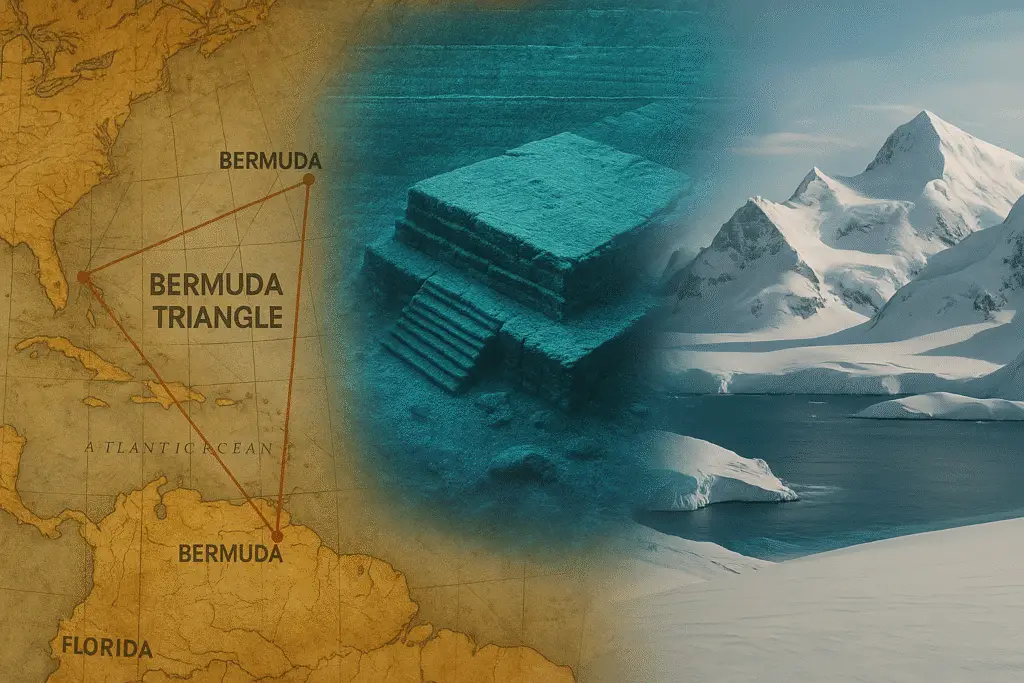
As mainstream science failed to produce definitive proof, the Atlantis myth drifted further into the realm of fringe theories, connecting it to other modern mysteries and anomalies.
Atlantis Under Ice? The Antarctic Hypothesis
The Piri Reis map’s puzzling depiction of an apparently ice-free Antarctic coastline fueled radical geological theories. Notably, Charles Hapgood, in his book Maps of the Ancient Sea Kings (1966), proposed that the Earth’s crust had undergone periodic, rapid displacements. He theorized that Antarctica wasn’t always at the South Pole and that the Piri Reis map might preserve knowledge of its temperate past, possibly when it hosted a civilization like Atlantis, before a crustal shift moved it to its current frigid location and buried it under miles of ice. While Hapgood’s geological theories are rejected by mainstream science, the idea of a lost civilization beneath the Antarctic ice persists in fringe circles, sometimes linked to Atlantis. Cite Hapgood, Charles H. Maps of the Ancient Sea Kings. 1966.
The Bermuda Triangle Connection: Atlantis Tech Gone Wrong?
Perhaps no one did more to link Atlantis to modern paranormal phenomena than author Charles Berlitz. Already famous for his book The Bermuda Triangle (1974), Berlitz later wrote extensively on Atlantis, proposing that the lost city was located within the infamous Triangle region. He theorized that the mysterious disappearances of ships and planes could be attributed to malfunctioning remnants of highly advanced Atlantean technology – perhaps powerful energy crystals or devices – still active on the seabed, interfering with navigation and equipment. For Berlitz, the Bermuda Triangle wasn’t just a mystery; it was an Atlantean legacy. Cite Berlitz, Charles. The Bermuda Triangle. 1974, and relevant Atlantis books like Atlantis: The Eighth Continent.
Sunken Structures: Accidental Discoveries?
The search occasionally yields intriguing, if inconclusive, finds. In 2001, a Canadian company led by Pauline Zalitzki and Paul Weinzweig, using side-scan sonar off the coast of western Cuba, reported discovering large, symmetrical stone structures deep underwater (over 650 meters). The sonar images appeared to show pyramids, roads, and buildings, forming what looked like an ancient urban center. Initial excitement was high, with some media outlets immediately speculating about Atlantis. However, further investigation has been limited, and mainstream geologists and archaeologists remain highly skeptical, suggesting the formations are likely natural geological structures (like limestone formations) rather than man-made ruins. The “Cuban underwater city” remains an unverified anomaly.
The Google Ocean “Discovery”
In 2009, the internet briefly lit up when a British aeronautical engineer spotted what looked like a grid of streets – a submerged city plan – on the Atlantic seabed while browsing Google Ocean (part of Google Earth). The location, near the Canary Islands, fit some proposed Atlantis locations. Headlines screamed “Atlantis Found?” for a day or two, until Google clarified the issue. The grid lines were merely artifacts of the sonar data collection process used to map the ocean floor, created by the paths of the survey ships. It wasn’t ancient architecture, just digital noise. A perfect example of how easily patterns can be misinterpreted in the search for the lost city.
Conclusion: Why We Keep Searching for Atlantis
So, where does this leave us? From Plato’s philosophical dialogues to Ignatius Donnelly’s pseudo-historical epics, from the volcanic ruins of the Minoans to sonar blips in the Bermuda Triangle and phantom grids on Google Earth, the quest for Atlantis has been a winding, often bizarre journey spanning millennia.
Despite centuries of searching, theorizing, and wishful thinking, the hard truth remains: no verifiable, unambiguous archaeological evidence for Plato’s Atlantis has ever been found. The locations proposed are numerous (Mediterranean islands, the Azores, the Bahamas, Antarctica, Spain, Ireland, and many more), but none have yielded proof of the vast, advanced civilization described in the Timaeus and Critias.
Why, then, does the myth endure with such tenacity? Perhaps it’s because Atlantis speaks to something deep within the human psyche. It embodies the allure of a lost golden age, a technologically superior past that perhaps holds secrets we’ve forgotten. It taps into our fascination with the unknown depths of the ocean and the unexplored corners of the map. It reflects our hopes for discovering hidden histories and our anxieties about societal collapse and divine retribution.
In the end, Atlantis likely remains what it probably always was: a powerful story. Whether intended by Plato as pure allegory or based on a distorted memory of a real catastrophe like the Minoan collapse, it serves as a timeless myth exploring themes of power, hubris, civilization, and our relationship with the natural (and perhaps supernatural) world. It’s a mirror reflecting our own dreams and fears back at us from the depths. While the physical city may never surface, the legend of Atlantis will likely continue to haunt our collective imagination, forever lost but never truly forgotten.
Maybe you also like:
Follow me on:
For more updates, visit: flashpointnews.com.br
